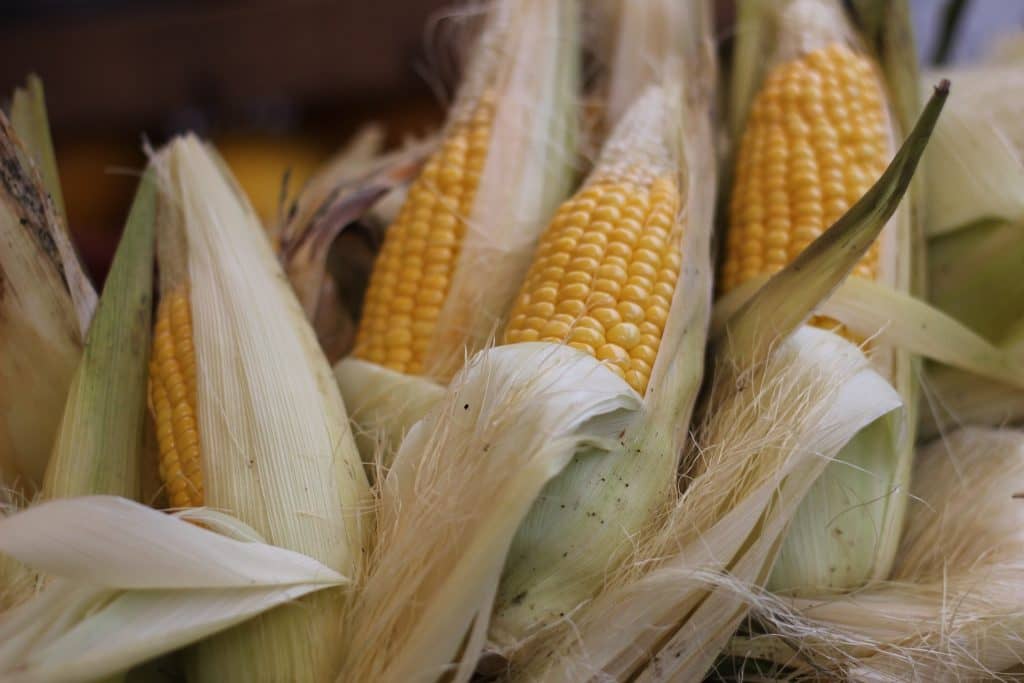Porto Alegre, March 12, 2024 – The internal marketof corn is trying to find some variable that can push prices up at this moment. The US area cut could be an indicator to be used, as well as the climate situation in the Brazilian second crop and the United States. However, Brazil cannot escape its natural alignment, that is, it will look for space for exports of 35 to 45 mln tons in 2024 regardless of the second crop situation. The issue is that, like in the case of soybeans, we have many influences from distorted information on production and 2024, exaggerations in cuts in planted area and yield potential. This generates analytical derivations for supply and demand adjustments. The port, with low levels today, does not allow for a large flow of exports. So, some new variable needs to emerge if the domestic market wants some consolidation for price recovery.
The picture of the domestic corn market appears tense. On the one hand, the first half of the year is simply zero in terms of export flow. On the other, growers want to retain soybeans in anticipation of better prices and need to negotiate corn to cover their expenses and even space. The evolution of the situation of judicial recoveries in the sector is beginning to affect credit to growers and limiting negotiations on the extension of trading and debts. Debt maturities scheduled for March, April, and May should have effects on the domestic market. Input companies tend to limit credit for purchases for the next crop without the 2023 debts having been resolved. The advance of judicial recoveries leads the credit market to further restrict the lines of action for agribusiness. Growers may need to buy inputs for the 24/25 crop with physical corn and soybeans.
This may occur with the 2024 second crop. In times of soybean difficulties, growers will use second-crop corn to buy fertilizers and the rest for the 24/25 soybean crop. In this case, liquidity would be in the prices of trading companies and barters that will be offered on the market.
The permanent issue is exports. In addition to the very distorted forecasts in the Brazilian market, currently with production below 120 mln tons, we note the attempt to influence the market again, focusing on expanding domestic demand for ethanol. In fact, the corn demand for ethanol is expected to grow by roughly 2 mln tons in 2024, compared to 2023, to nearly 16.4 mln tons. A demand that grows every year and should continue so. However, it will represent around 20% of the Brazilian domestic demand, far from causing any problematic impact on domestic supply.
Thus, exports continue to be the key, in any size of crop ahead. We can have a crop of 70 mln tons if prices at ports remain at BRL 55/bag for August/September, there is no internal upward force. Today the crop is projected at 87 mln tons in the Center-South, plus 7 mln tons in Matopiba. This generates a potential surplus of 45 mln tons, which must be sold at current export prices. So, for the internal market to have leverage, CBOT prices need to operate high and, even so, Brazil has competitive conditions with Ukraine, Argentina, and the United States. Today, all FOB prices in these origins are below Brazilian corn prices. To export, Brazil needs to align itself with international levels. Well, what if we do not export? There are 40 mln tons that will remain in warehouses and harm the arrival of the summer soybean crop in early 2025.
This year to date, Brazilian exports have been quite bad. With domestic market prices better than export prices, there is no flow to the port. There is only one ship with 70 thousand tons to be shipped in Rio Grande and smaller volumes, surprisingly, in Santarém. So far, only 860 thousand tons for the first half of the year. Last year, in the first two months, February and March, we shipped 4.5 mln tons. Now, the Brazilian summer crop and carryover stocks are better compared to last year. Therefore, this non-exported volume is in the growers’ hands and/or already in consumers’ stocks. The Secex data, of 1.7 mln tons shipped in this first two months, are actually due to previous effective shipments that were only registered now in the system.
Therefore, without support from exports, the domestic market supply is guaranteed until the arrival of the second crop. The second crop, as we have already pointed out, will have almost half of Mato Grosso’s production reaching the market in June. In other regions of the country, crops are scheduled mainly for July and August. The weather in the second crop could bring variables to domestic prices, as well as the US crop and will be the preponderant point from now on.
Follow the Safras Agency on our website. Also follow us on our Instagram and Twitter and stay on top of the main agribusiness news!
Copyright 2024 – Grupo CMA

